Follow us on our social channels.
Follow us on the channel that best suits you to receive our latest updates!
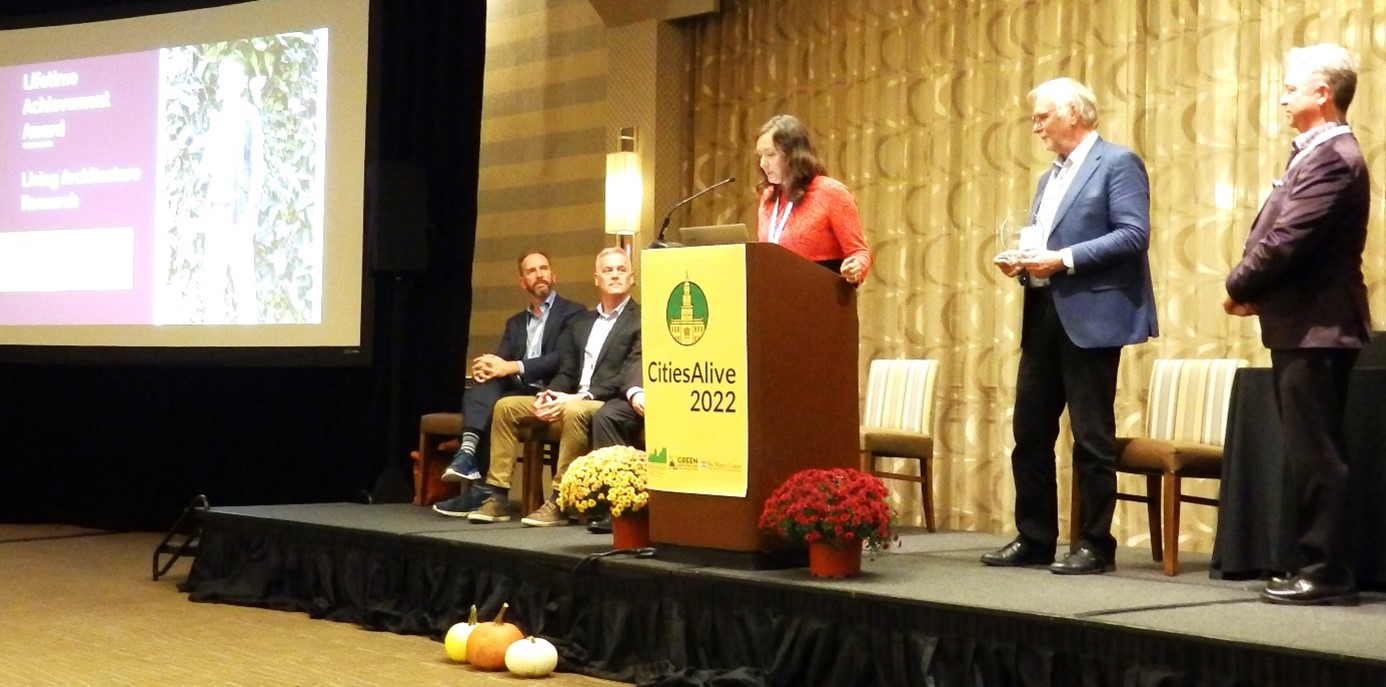
click for more
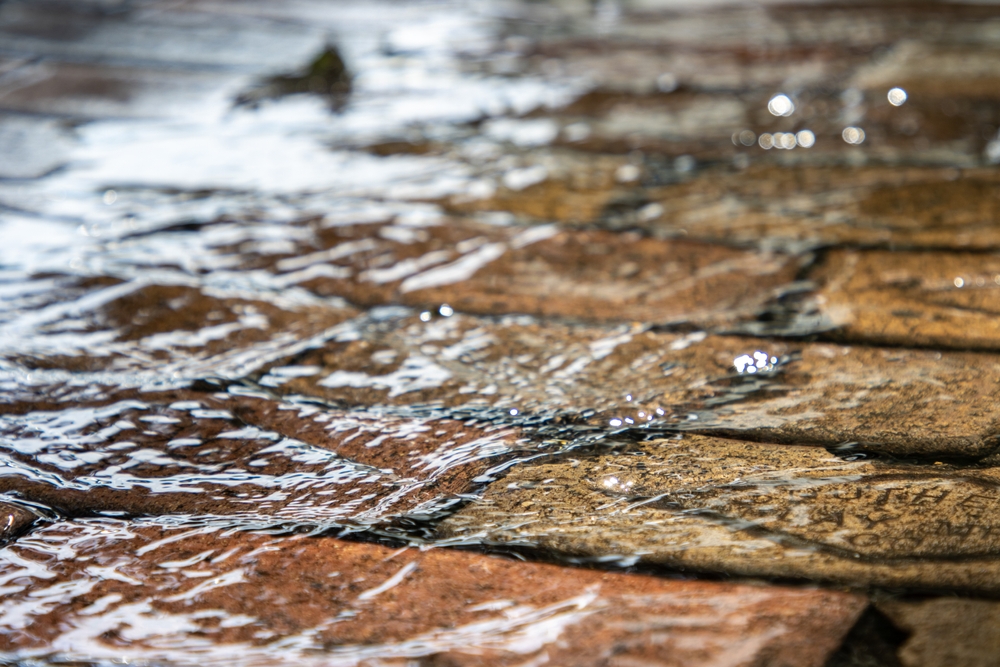
Investments in urban green infrastructure is the solution to extreme weather events, writes Luigi Petito for Living Architecture Monitor. The good thing is that
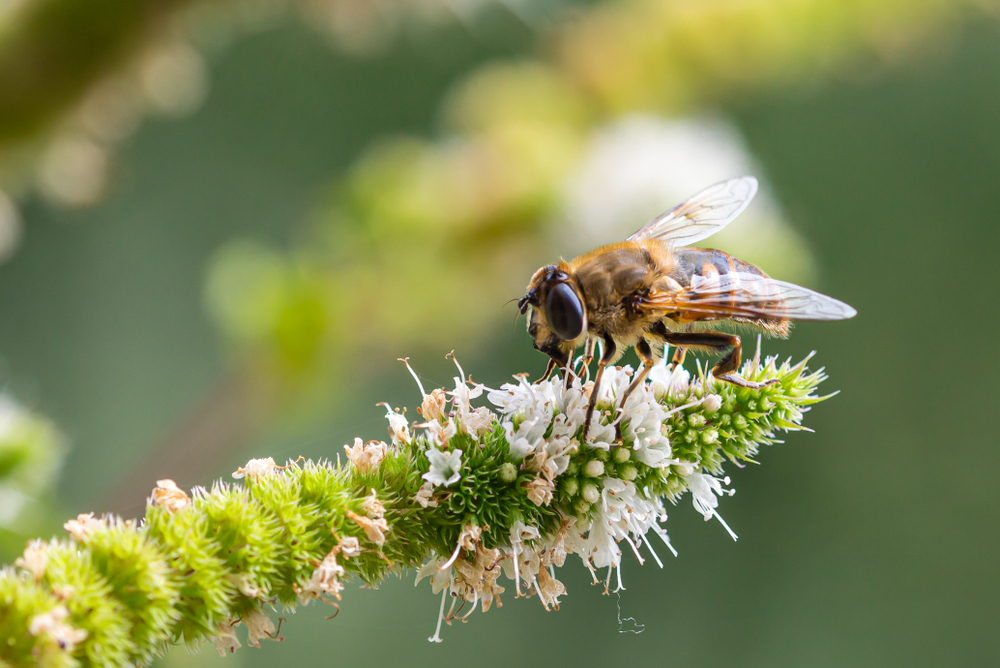
Green and blue infrastructure give an essential contribution to urban biodiversity, writes Luigi Petito in the Summer edition of Living Architecture Monitoring. On June 22,
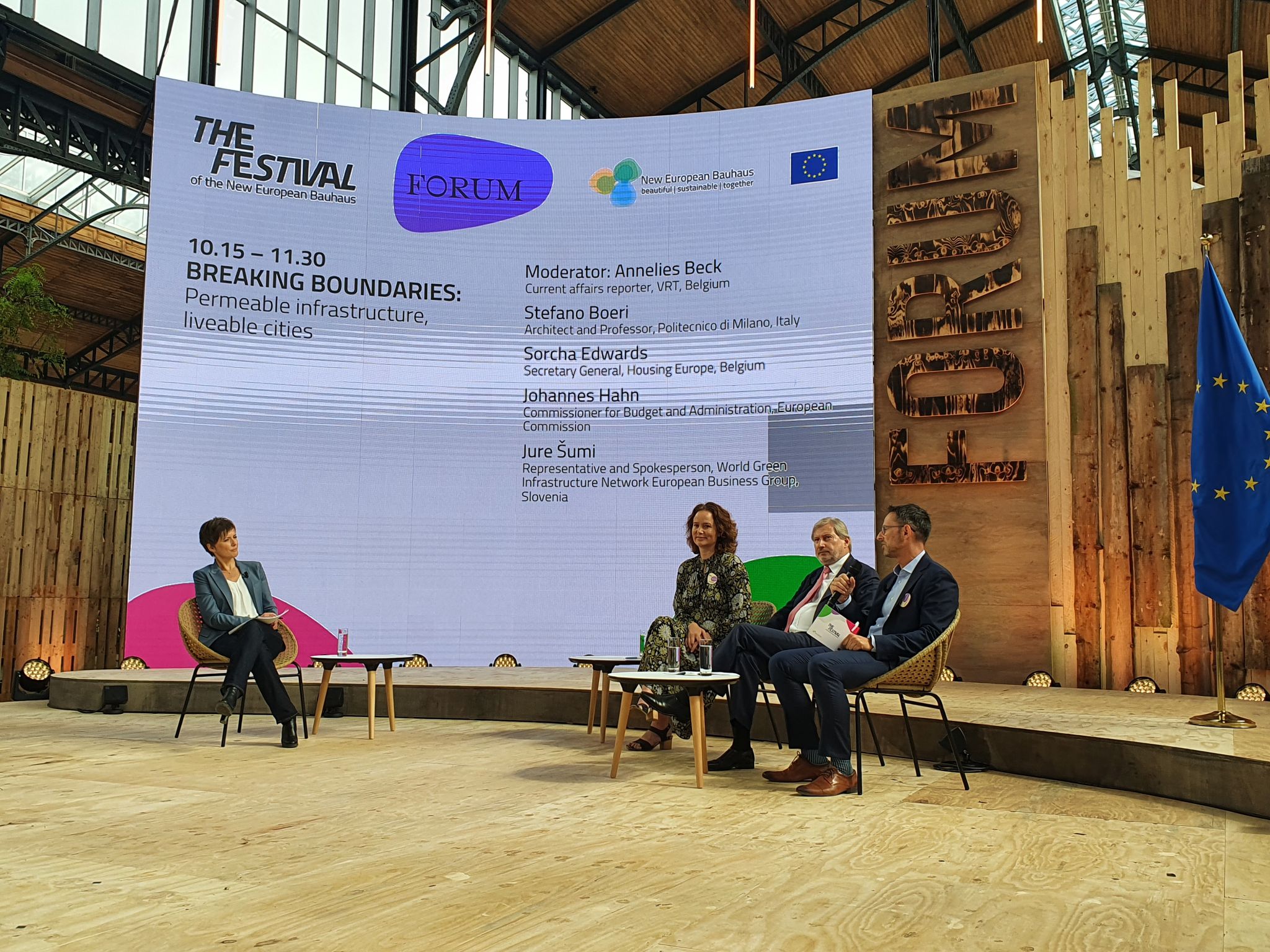
Municipalities need to act as ‘moderators’ and involve the local community in urban planning, suggests WGIN board member Jure Šumi. This is the way to
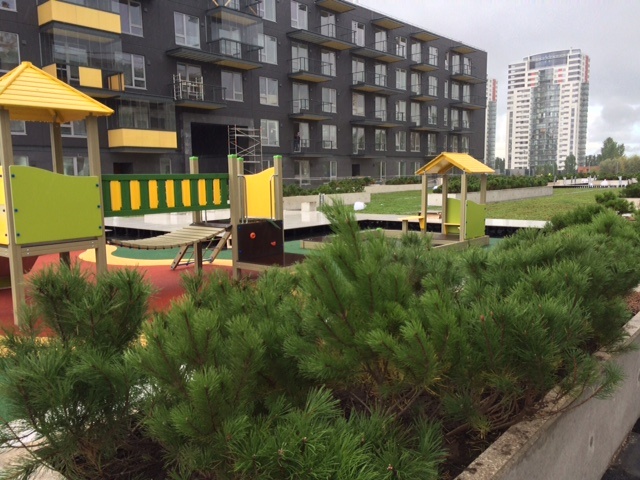
We have already been talking about the real performance of green roofs, in terms of improved energy efficiency, better storm-water management, lower heat-island effects and
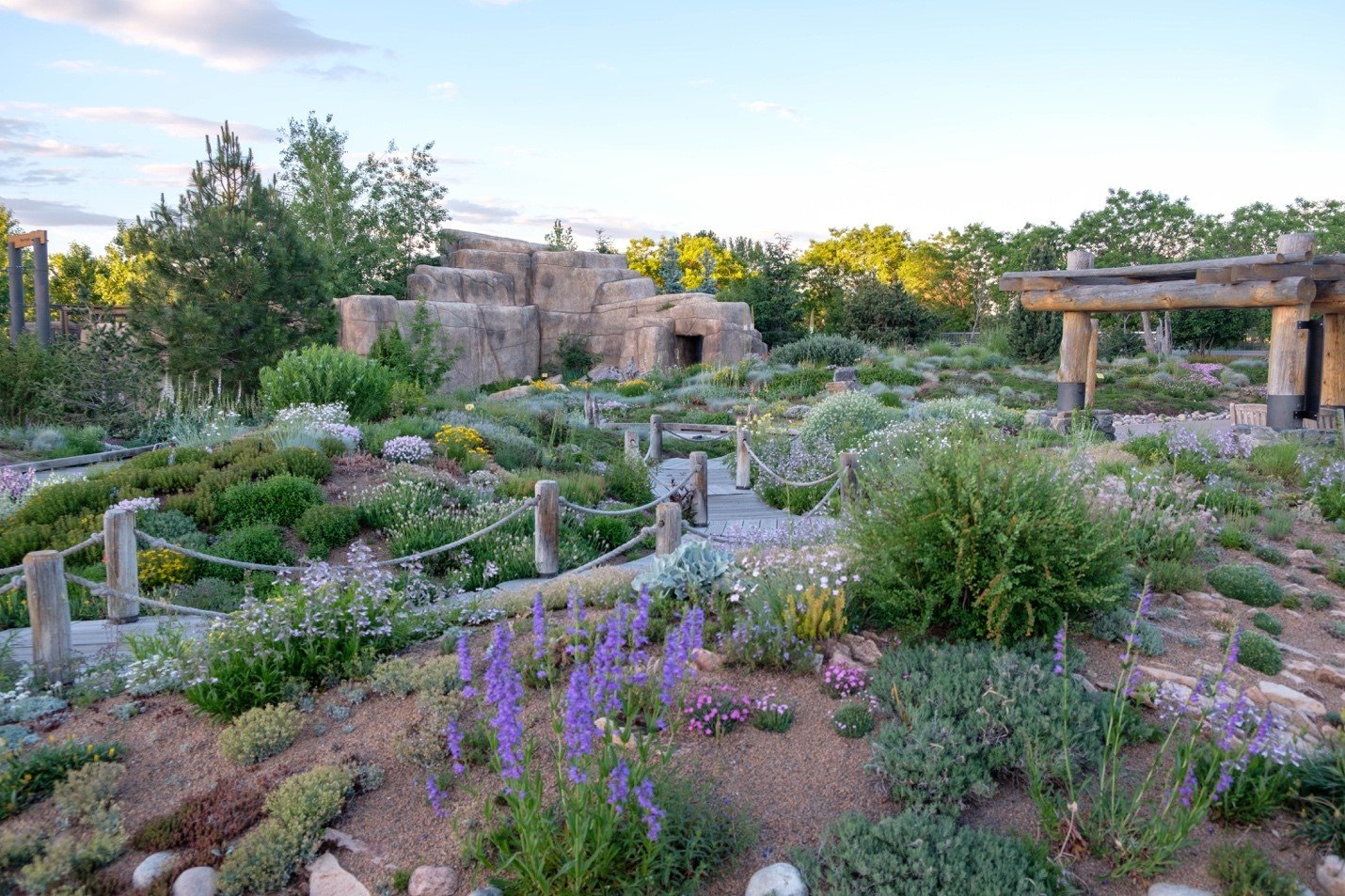
Green Roofs for Healthy Cities (GRHC) is excited to announce the Grey to Green Conference, to be held virtually on June 22 from 10am –
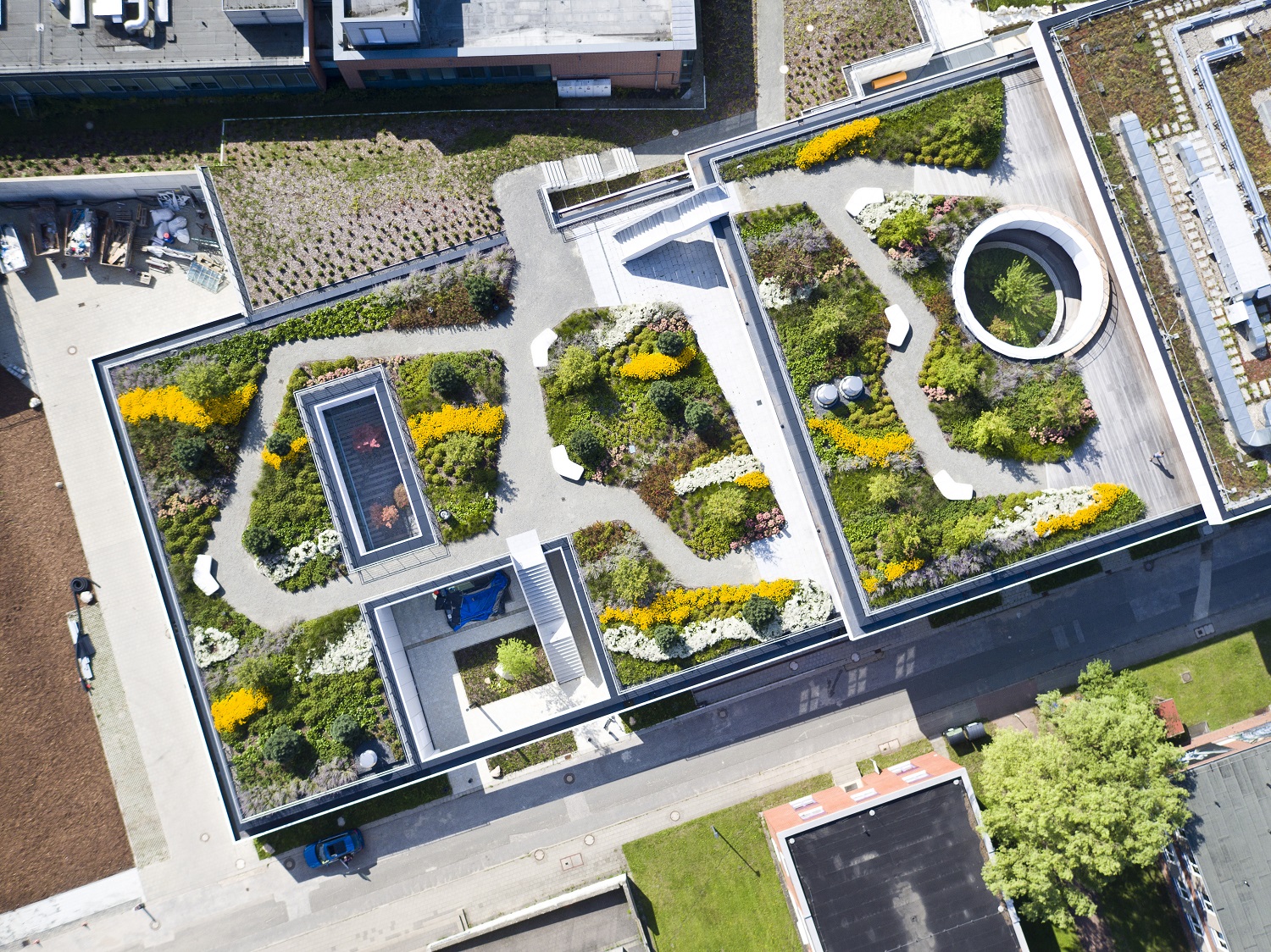
The winner of “BuGG Green Roof of the Year” 2021 has been recently announced! The German Association of Building Greening (Bundesverband GebäudeGrün e.V. – BuGG) has

The World Green Infrastructure Network continues with its own publications. After its first book “Green Cities in the World” in 2014, the update in 2015
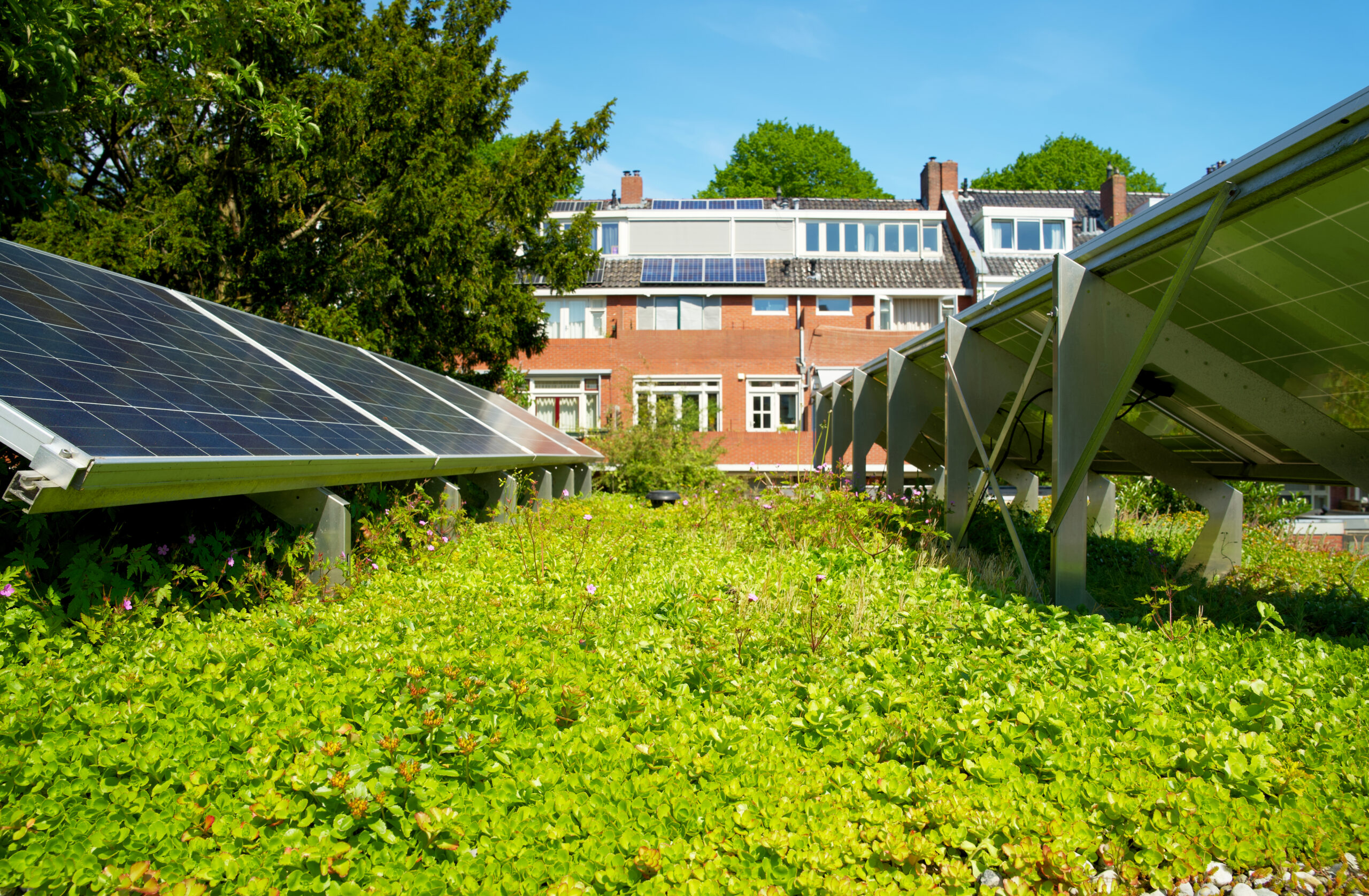
Solar panels on a green roof with flowering sedum plants. ID: 1984038584 The European Solar Rooftops Initiative presents a unique opportunity to maximize the impact
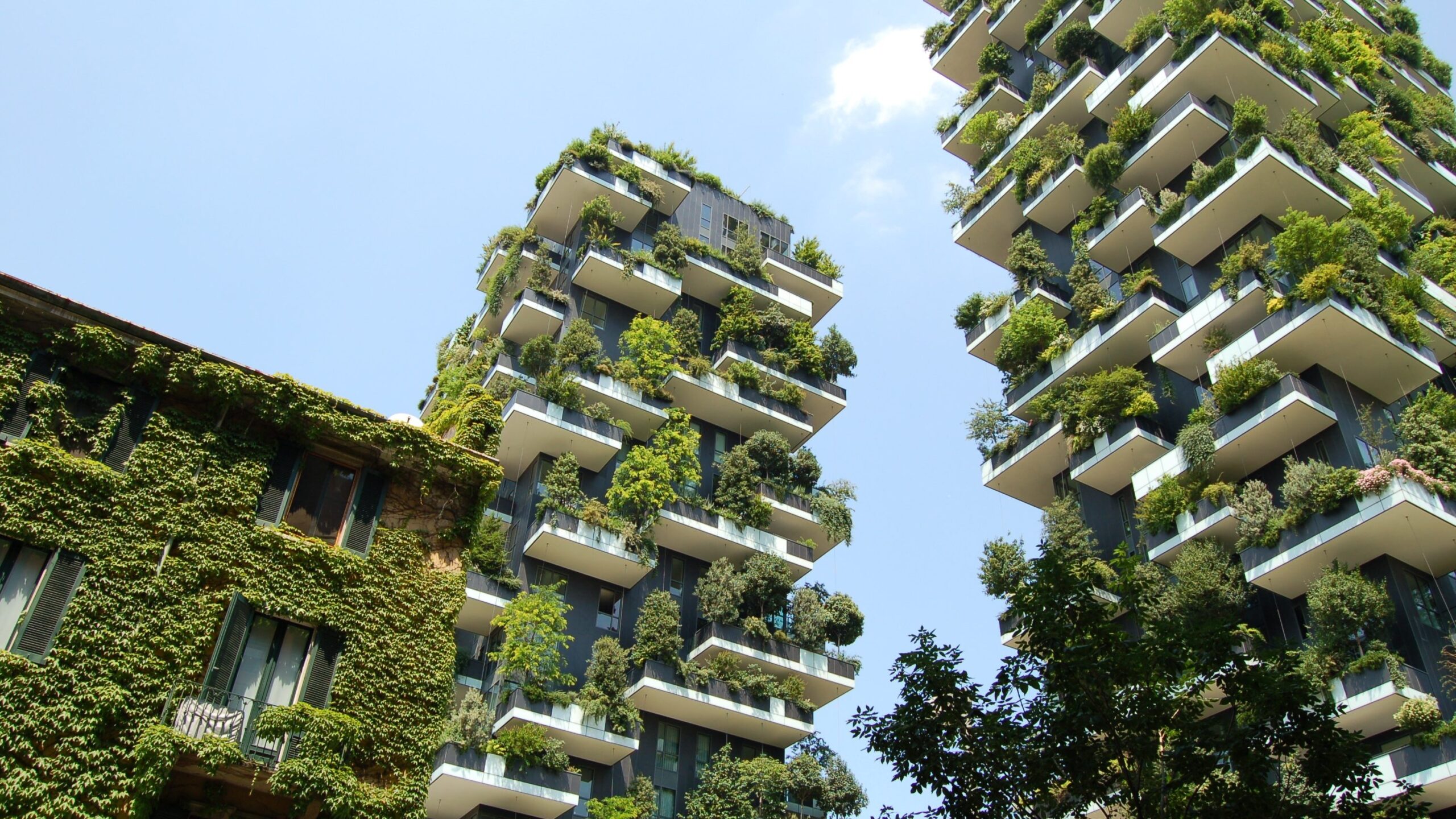
At EIMA, the international agricultural machinery exhibition in Bologna (Italy), the World Green Infrastructure Network presented proposals for new standards on green areas in rural,
Follow us on the channel that best suits you to receive our latest updates!
Join us. Get member benefits. Promote your company, projects, products and services.